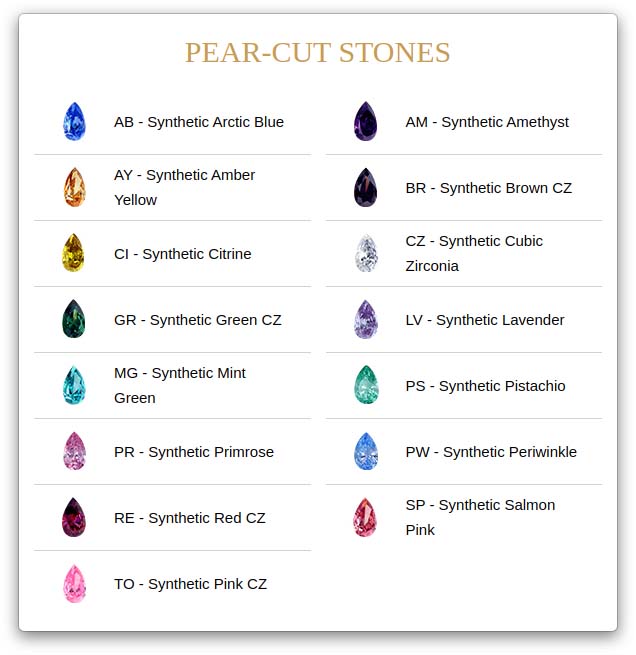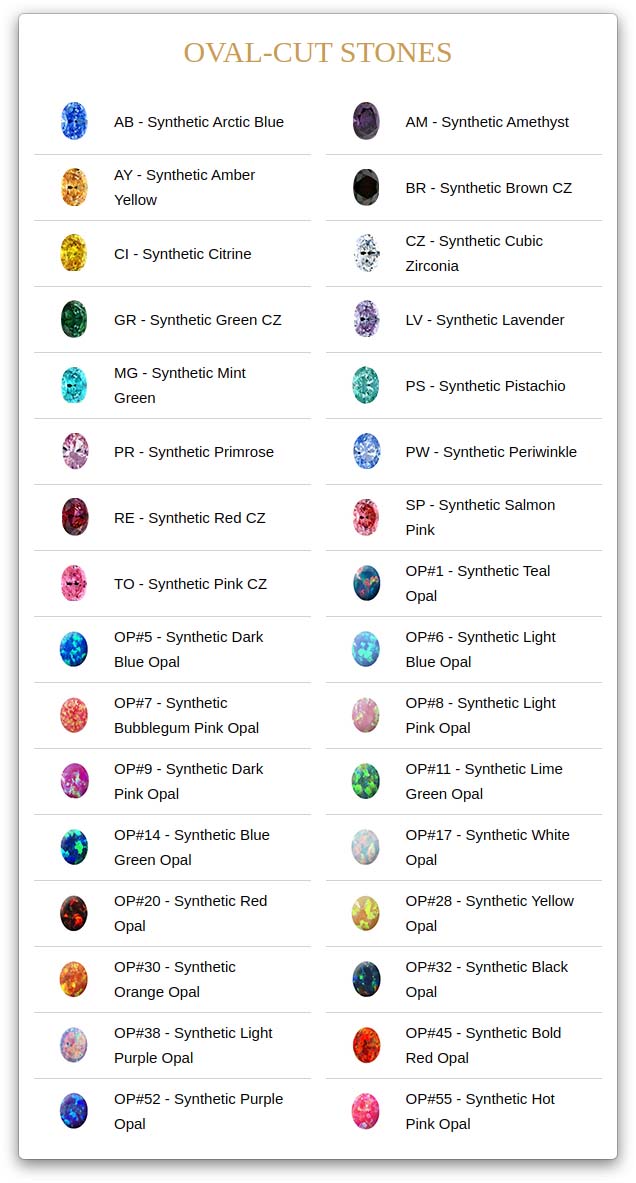Gemstones

Genuine Gemstones VS. Synthetic Gemstones
A gemstone or gem, also called a precious or semi-precious stone, a fine gem, or jewel, is a piece of mineral, which in cut and polished form, is used to make jewelry or other adornments. There are also certain rocks such as lapis lazuli and organic materials like amber, which are not minerals, but are still often considered to be gemstones. Most gemstones are hard, but some soft minerals are used in jewelry because of their luster or other physical properties that have aesthetic value. Rarity is another characteristic that lends value to a stone.
The traditional classification in the West, which goes back to the Ancient Greeks, begins with a distinction between precious and semi-precious stones. In modern usage the precious stones are diamond, ruby, sapphire and emerald, with all other gemstones being semi-precious. This distinction reflects the rarity of the respective stones in ancient times, as well as their quality: all are translucent with fine color in their purest forms, except for the colorless diamond.
Other stones are classified by their color, translucency and hardness. The traditional distinction does not necessarily reflect modern values, for example, while garnets are relatively inexpensive, a green garnet called Tsavorite, can be far more valuable than a mid-quality emerald, which can be more valuable than a diamond.
Use of the terms ‘precious’ and ‘semi-precious’ in a commercial context can be misleading in that it deceptively implies certain stones are intrinsically more valuable than others, which is not the case.
In modern times gemstones are identified by gemologists, who describe gems and their characteristics using technical terminology specific to the field of gemology. The first characteristic used to identify a gemstone is its chemical composition. For example, diamonds are made of carbon, and rubies of aluminium oxide. Next, many gems are crystals which are classified by their crystal system such as cubic, trigonal or monoclinic.
Another term used is habit; the form the gem is usually found in. Diamonds for example, which have a cubic crystal system, are often found as octahedrons.
Gemstones are classified into different groups, and varieties.
Ruby is the red variety of the species corundum, while any other color of corundum is considered sapphire. Emerald, aquamarine, red beryl, goshenite, heliodor, and morganite are all varieties of the mineral group beryl. Gems are also characterized in terms of refractive index, dispersion, specific gravity, hardness, cleavage, fracture, and luster. They may exhibit pleochroism or double refraction. They may have luminescence and a distinctive absorption spectrum. Material or flaws within a stone may be present as inclusions.
Gemstones are often treated to enhance the color or clarity of the stone.
Depending on the type and extent of treatment, said treatment can affect the value of the stone. Some treatments are used widely because the resulting gem is stable, while others are not accepted.
The faceted gems used in our jewelry are the highest quality synthetic gemstones available.
Genuine stones are available on request. Keep in mind that color availability depends on the size of the gem.











